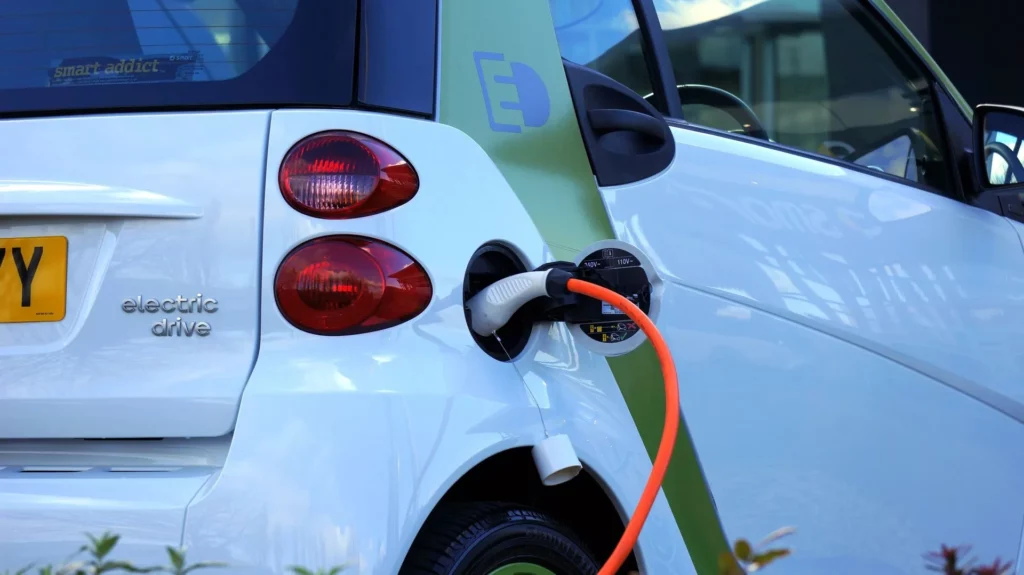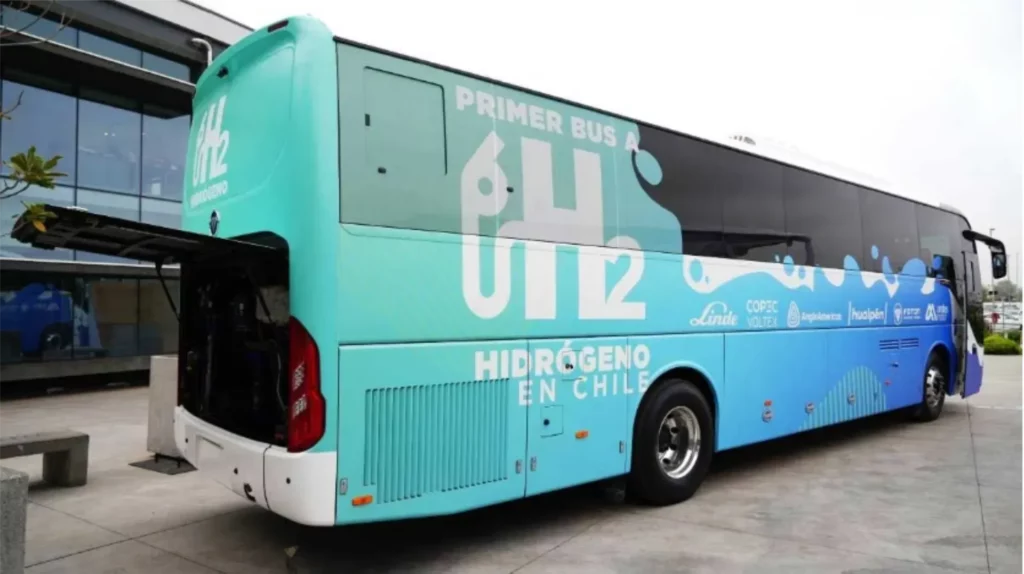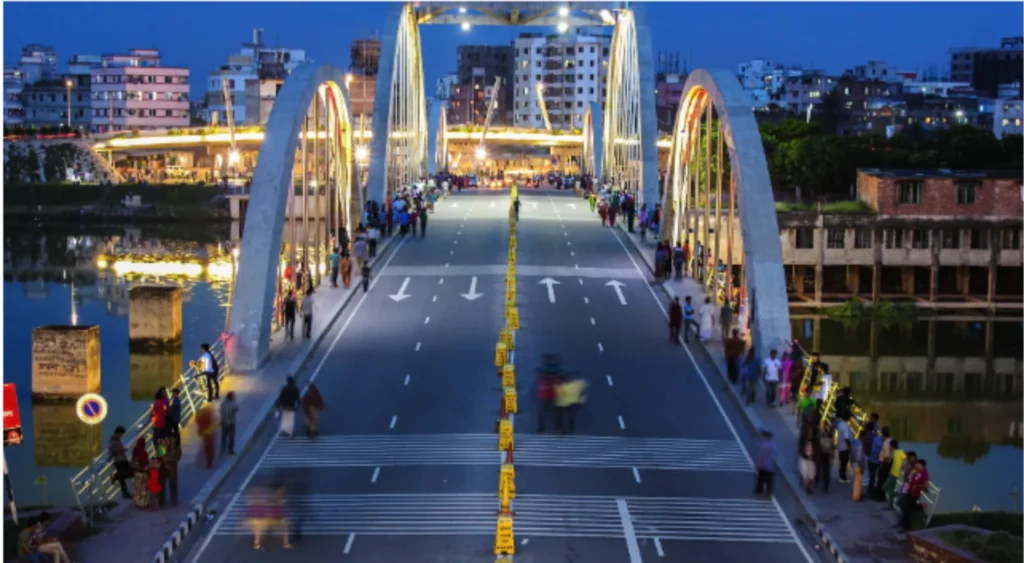Martin Asurza, President and founder of “Asurza Engineers Ltd.”, is a professional engineer in Ontario, Canada. As a transportation engineering professional, Martin possesses a profound understanding of the transportation/traffic engineering concepts, practices and standards. Thanks to his extensive experience, Martin has been qualified by the Ontario Land Tribunal (OLT) and has participated as witness to provide expert opinion evidence on matters related to transportation and traffic engineering.
The proliferation of businesses with drive-through window service has reached different markets (i.e. fast food restaurants, pharmacies, banks). Given the relative success for investors on the window drive-through service, site developers are aiming to include the drive-through in their plans. However, the desire to add a drive-through window service requires site planning to avoid vehicular queues resulting from the drive-through operations impact negatively the surrounded area; without proper attention these queues can block the site parking, create conflicts to the normal internal circulation or even spill back into the adjacent roads causing interference to vehicular flow, reduction of road capacity and safety concerns.
Due to the indicated potential issues, municipal authorities request to site planners the estimation of queues derived from the drive-through operations; however, limited information has been prepared regarding this topic; many of them, papers and resources, not yet adopted as standards.
An interesting study done as a joint effort by the Durham Region’s eight municipalities (Ajax, Brock, Clarington, Oshawa, Pickering, Scugog, Uxbridge and Whitby) including the Reginal Municipality of Durham shows the statistical analysis for different businesses with drive-through window service. The study concluded that a drive-through queue space of 12 vehicles would adequately provide for 95% or more of the demand among all drive-through businesses (based on a sample of 27 drive-through window businesses). The study presents end results but not a method to calculate the queue length generated by a specific site drive-through window operation.
The Institute of transportation Engineers (ITE) provides a limited procedure to calculate queues for coffee shops with drive-through window; the procedure is described in the ITE Journal June 2011 with the title “A Trip Generation Study of Coffee/Donut Shops in Western New York”. The estimation of vehicular queues are based in two inputs, the arrival rate (vehicles/hour) and service rate (vehicles/hour) where the arrival rate is based on the expected number of vehicles that will use the drive-through and the service rate is the average service time during the a.m. peak hour which by observation is determined to 30 seconds per vehicle, as indicated in the published article. The arrival rate can be estimated from the Trip Generation Manual, a publication from the ITE. Having these two values, the first step is to calculate the traffic intensity and then the queue length (see the complete article here https://www.cedengineering.com/userfiles/Trip%20Generation%20Study%20of%20Coffee%20Shops.pdf). The limitation on this methodology is that the traffic intensity factor needs to be less than one, it means that the service rate (the average time the attendant takes to serve a vehicle at the drive-through window) needs to be higher than the vehicle arrival rate in order for this procedure to provide results.
In conclusion, still is limited the information and procedures to estimate the queue length for drive-through window operations, different sources and localized studies will need to be taken into account to estimate the drive- through queue lengths and obtain acceptable results for specific sites.
Asurza Engineers Ltd. – www.asurza.ca – Ontario, Canada.





